By Dr Subhash Kapila
 The United States perspectively seems headed for an inglorious military exit from Afghanistan prompted not by any significant military failures against Taliban but a military exit ordered by US President Trump for reasons politically expedient related to his bid for re-election as US President for a second term in 2010.
The United States perspectively seems headed for an inglorious military exit from Afghanistan prompted not by any significant military failures against Taliban but a military exit ordered by US President Trump for reasons politically expedient related to his bid for re-election as US President for a second term in 2010.
Afghanistan can be said that as consequence of the above United States determination stares at the likelihood of a vicious ‘Civil War’ the day after US exit from Afghanistan—a second military abandonment of Afghanistan by the United States.
The Taliban is viewed with intense hatred by a wide cross-section of the Afghanistan population due to their earlier barbaric medieval subjugation of Afghanistan spearheaded by Pakistan Army. Northern Afghanistan is not definitely not likely to countenance US current moves to incorporate Taliban in governance of Afghanistan in exchange for dubious Taliban guarantees that they will enable safe exit of US Forces from Afghanistan
Contextually, the above scenario provides the reality of a ‘Civil War’ engulfing Afghanistan on the day after the United States exiting Afghanistan.
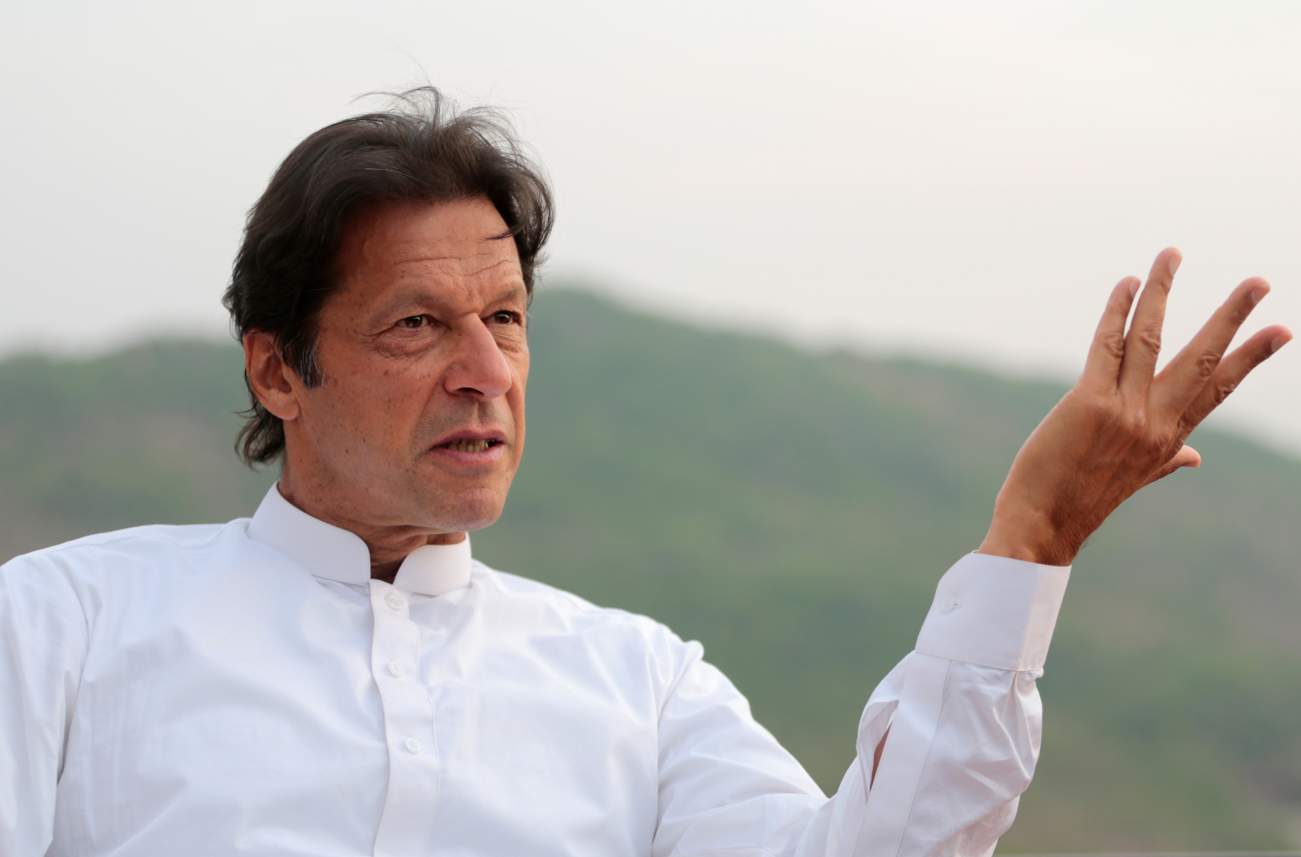
/arc-anglerfish-arc2-prod-mco.s3.amazonaws.com/public/YFJLI2HQ2RHLHJVIBLAKN2MOH4.jpg)
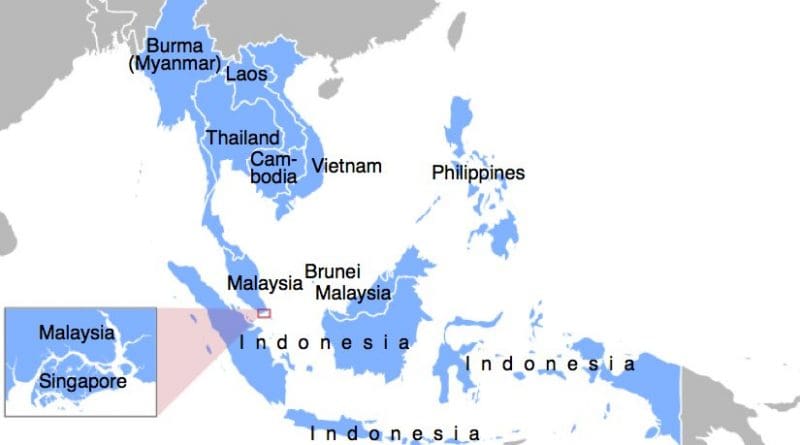
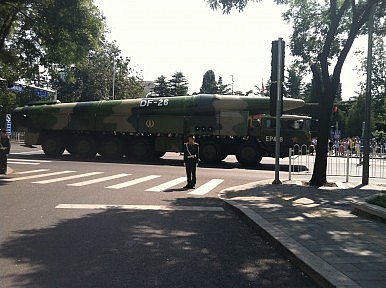

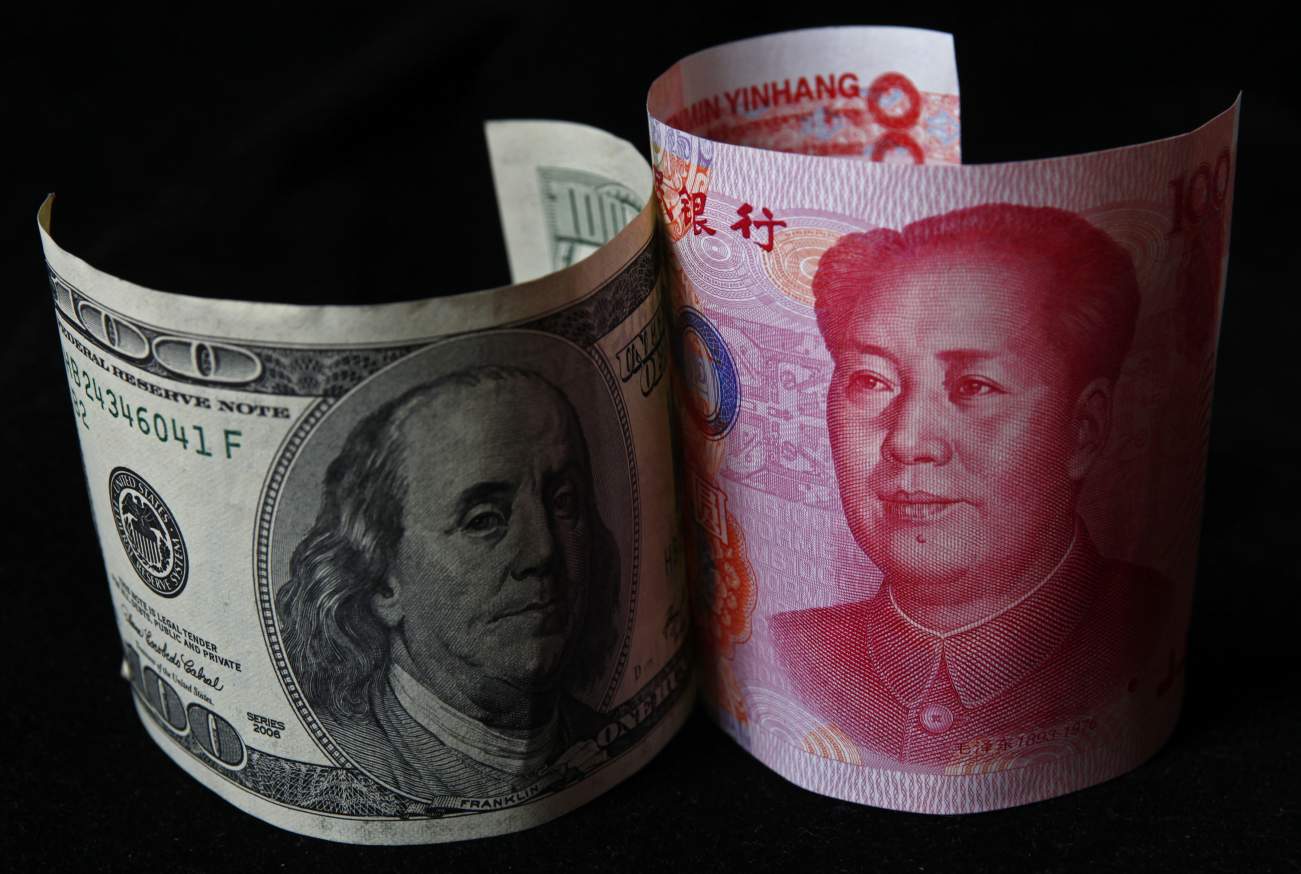
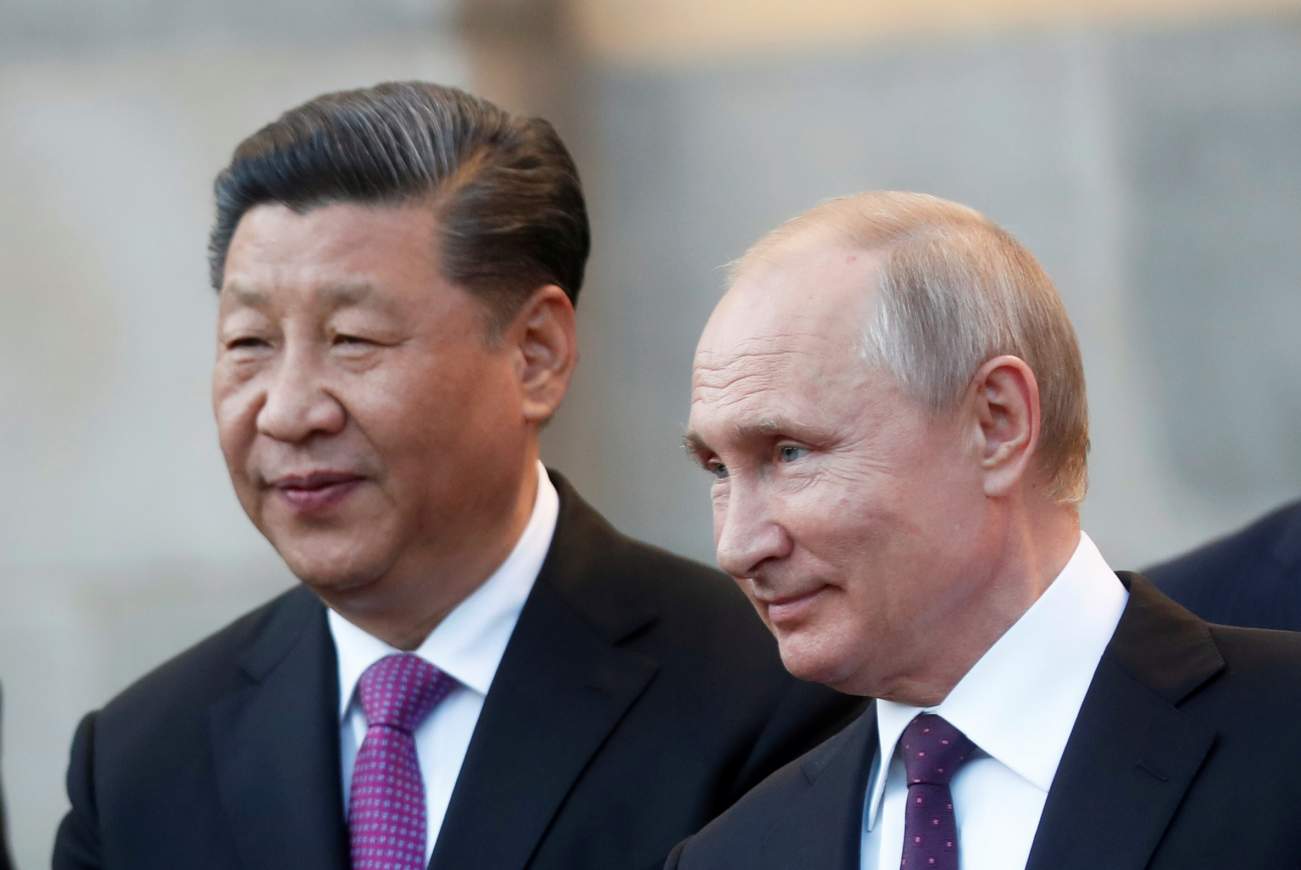












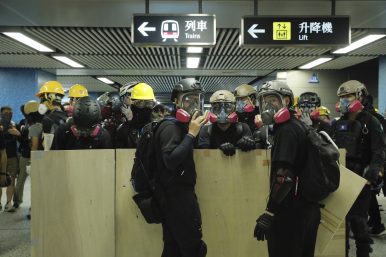

/arc-anglerfish-arc2-prod-mco.s3.amazonaws.com/public/3URPXNMFTJFBTBJCHAOZXZYZFI.jpg)